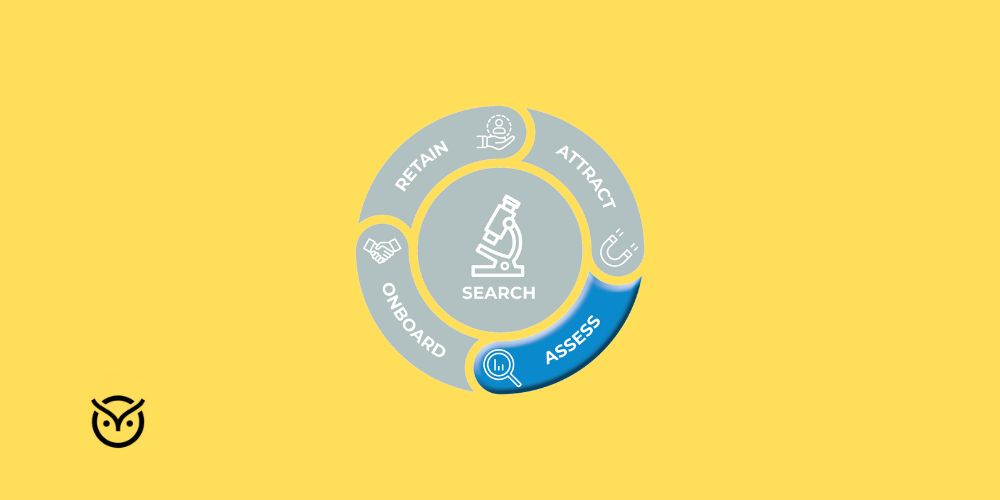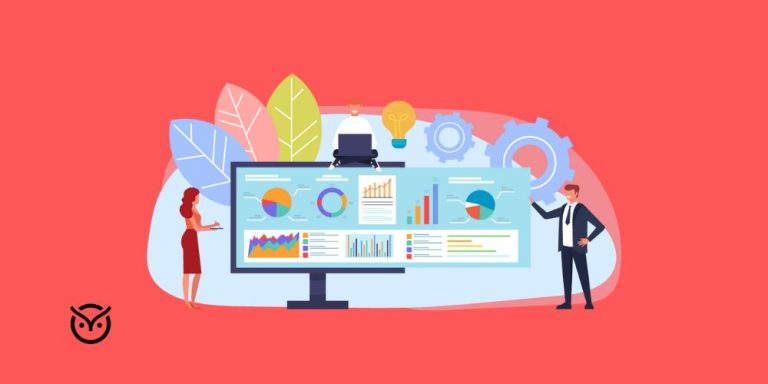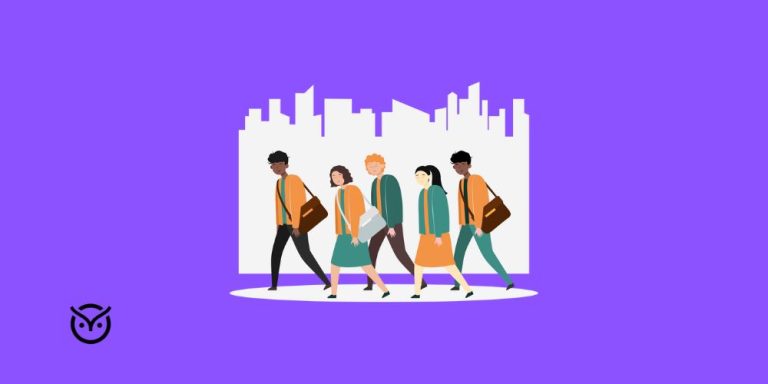Optimize Talent Assessment with Recruiter Software

TL;DR
- Recruiter software now integrates with LinkedIn for smarter sourcing.
- Agile recruitment improves the speed and experience of interview scheduling.
- AI screening tools reduce bias and improve candidate fit.
- Self-serve applications simplify intake for both recruiters and candidates.
- Integration tools make the entire hiring process faster and more accurate.
Recruiters today face a puzzle: multiple tools, scattered data, and slow coordination. Candidates lose interest while hiring teams juggle spreadsheets, emails, and LinkedIn tabs. In fast-moving markets, like Singapore, even small delays in interview scheduling can cost top talent.
That’s where recruiter platforms come in. When you optimize talent assessment with recruiter software, sourcing, screening, and scheduling connect seamlessly. This blog explains how integrated systems, agile methods, and AI evaluation tools make hiring smarter, faster, and more human.
The Power of Integration: Making LinkedIn Work with Your Recruiter Software
Integrating your recruiter software with LinkedIn changes everything. Instead of switching tabs or copying candidate data, integration allows recruiters to view profiles, notes, and assessments all in one place. This improves accuracy and reduces manual entry errors that cause delays.
Learning how to source candidates on LinkedIn becomes far more efficient when profiles sync directly with your recruiter software. These systems also support integration with LinkedIn Easy Apply, enabling seamless data transfer for applicants. Recruiters using such setups no longer ask, “What tools integrate with LinkedIn Easy Apply for seamless candidate intake?” because their software already handles it.
When you optimize talent assessment with recruiter software, the focus shifts from admin work to candidate engagement. Instead of chasing applications, you analyze skill matches and move qualified candidates forward quickly. Insights on improving sourcing efficiency can be found in optimizing talent hiring with LinkedIn tools, which explores smarter ways to leverage LinkedIn integrations within modern recruitment systems.
Agile Recruitment: Faster Scheduling, Better Experience
Agile hiring is reshaping how HR teams plan interviews. The recruitment external agile model breaks down hiring into smaller, iterative steps, improving collaboration between recruiters and hiring managers.
Reports from 2024 confirm the general benefits and increasing adoption of agile methodologies in HR, and mention that agile approaches can speed up processes and enhance satisfaction
This highlights the benefits of using an agile recruitment model for interview scheduling: speed, transparency, and better team coordination.
Using recruiter software, agile recruitment automates reminders, syncs calendars, and eliminates back-and-forth messages. As a result, recruiters gain time to focus on personalizing the experience rather than managing logistics.
That’s another way to optimize talent assessment with recruiter software — by bringing efficiency and empathy into every interaction. You can also see how these agile strategies apply to specialized hiring on optimizing talent assessment with lateral hiring, which discusses ways to adapt processes for diverse recruitment needs.
That’s another way to optimize talent assessment with recruiter software — by bringing efficiency and empathy into every interaction.
AI Screening Tools: From Keyword Matching to Smart Evaluation
AI is redefining how recruiters assess candidates. Instead of keyword matching, AI screening tools now analyze soft skills, communication, and problem-solving ability through natural language processing and video analytics.
An SHRM study mentions that AI reduces hiring bias by 56-61% and improves the quality of hire by 50%, with accuracy rates for AI screening tools as high as 89-94%. These systems go beyond resume scanning.
They learn from recruiter decisions and provide recommendations that reflect both job requirements and cultural fit. For organizations exploring AI interview tools, data shows a clear yes: they really improve hiring in 360-degree recruitment, especially when AI complements human judgment rather than replacing it.
By applying AI within recruiter platforms, companies can optimize talent assessment with recruiter software while ensuring fairness, accuracy, and better long-term retention.
Self-Serve Applications and Shareable Job Links
Modern candidates expect simplicity. They want to apply in minutes, not hours. Recruiter software now enables self-serve applications via shareable links, allowing candidates to submit resumes, record short introductions, and select interview slots, all without email chains.
Candidate Expectations Report by Cronofy found that 57% of candidates would prefer an automated system is inaccurate. The report actually found that over half of all candidates prefer to have interview time slots provided so they can choose a time that suits them, which indicates a preference for self-directed processes.
Recruiters can easily track engagement metrics and identify drop-off points. This feature not only improves efficiency but also shows how recruiting teams enable self-serve applications via shareable links to reduce administrative overhead.
As these tools integrate with talent assessment platforms, recruiters can view results instantly and decide which candidates advance. When you optimize talent assessment with recruiter software, every step, from sourcing to scheduling, flows naturally for both sides.
Conclusion
Recruitment has evolved from manual sourcing to intelligent collaboration. Using technology to optimize talent assessment with recruiter software is now the difference between missing talent and hiring the best quickly.
From LinkedIn integrations to AI screening tools, every feature adds precision and saves time. Agile methods ensure flexibility, while self-serve applications empower candidates. Together, these changes don’t just make hiring faster, they make it fairer, smoother, and more human.
FAQs
-
1Can recruiter software really replace manual LinkedIn sourcing?
Not entirely. Recruiter software streamlines data collection and integrates directly with LinkedIn, but human interaction remains essential for evaluating fit.
-
2How do integrations with LinkedIn Easy Apply improve data accuracy?
Integration eliminates manual data entry and ensures candidate information flows directly from LinkedIn into your ATS, which helps reduce errors.
-
3Are AI interview tools suitable for all types of roles?
They’re best for high-volume or skill-based roles, and they should complement human review for leadership or creative positions.
-
4What challenges do teams face when using multiple recruitment tools?
Fragmented systems can duplicate data and slow decisions. Integration helps centralize activity in one dashboard.
-
5How can recruiters measure the ROI of integration tools?
Track time-to-hire, candidate satisfaction, and assessment accuracy. Improvements across these metrics indicate time and cost savings.
-
6How does agile recruitment impact candidate satisfaction?
Agile hiring shortens response times and strengthens feedback loops, leading to a faster and more respectful candidate experience.






